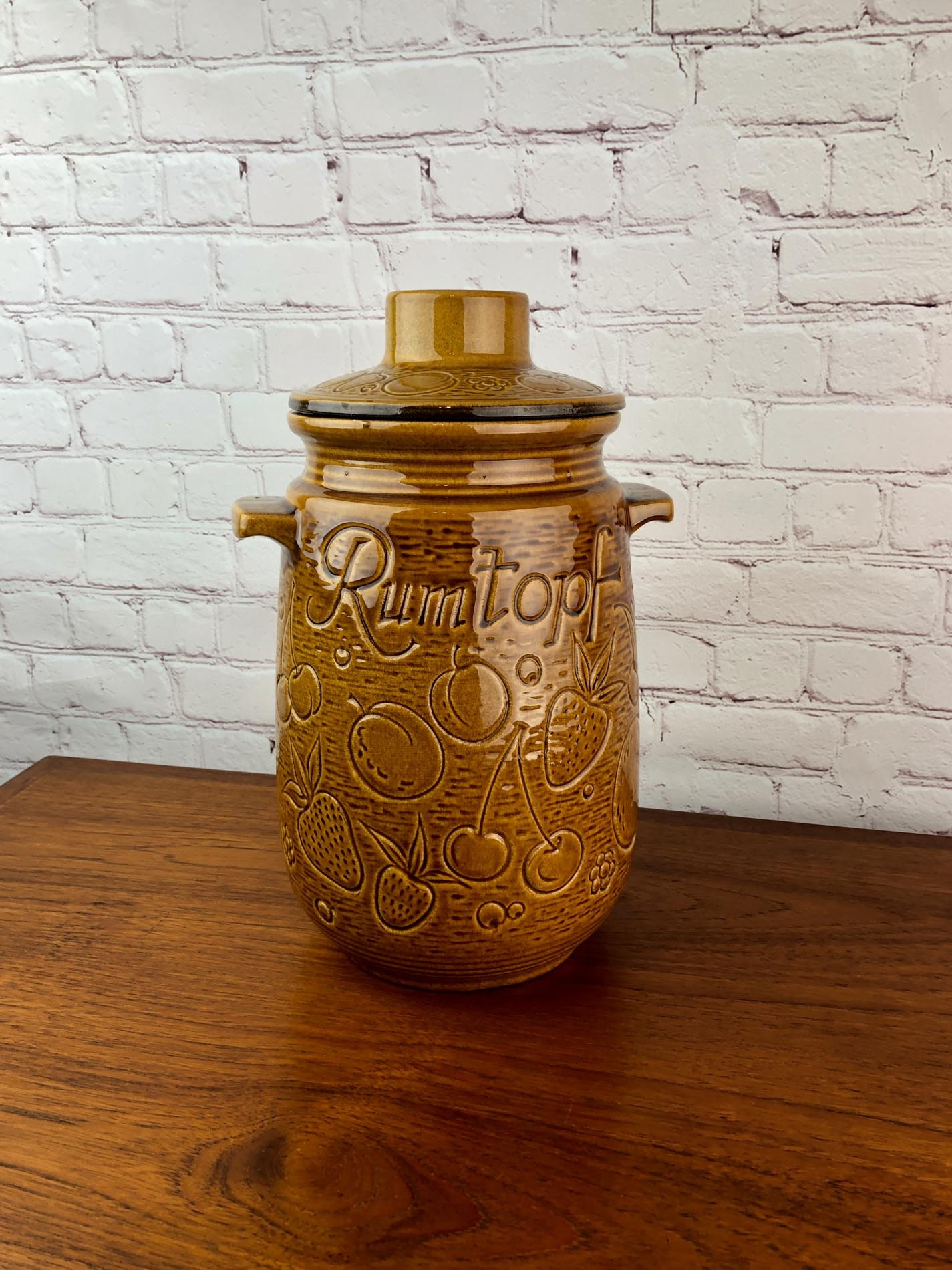
These were not operating simultaneously, but appear to have been active at the time that their regions were most prosperous, linking the production and use of White Painted ware with political and economic power. Based on vessel shape and decoration, seven distinct production centres appear to have been manufacturing White Painted ware on Cyprus over the course of the Middle Bronze Age. Beneath the major differences in styles between sites are several minor variations in construction method and decoration that are more likely to represent choices made by individual potters or small groups of potters working together. Similar fabrics are used in multiple sites and most sites were found to have used multiple fabrics to create pottery that is considered to be part of the White Painted ware group. Using petrographic analysis, different fabrics are isolated within the ware, and these are in turn related to the groups of vessels created based on style. An attempt is made to isolate production centres with unique methods of vessel construction as well as preferences for certain shapes and decorative schemes.

The production sequence is examined from clay selection through to decoration of the vessels. This thesis is concerned with the potters as much as with the pottery. Even though company names are now better known, and many items are attributed to specific makers. Little attention has been paid to the technology and social organization of production of this pottery. West German Art Pottery is essentially a term describing the time period of 1949-1990 and became the early way to describe the pottery because the country of origin, with numbers denoting the shape and size, was often the only 'mark' on the base.

This is a manufacturing artefact.Abstract White Painted Ware, the most identifiable of pottery types of the Middle Bronze Age on Cyprus, has been studied by scholars either with the view to creating chronological typologies or to tracing trade routes. It is in excellent condition, with no chips or cracks, although there is a small area just beneath the rim and adjacent to the mould mark where there is a slight glaze defect. The vase has a height of approximately 24.8cm, with a diameter at the rim of about 9.7cm. It is my understanding that the first figure corresponds to the design number and the second refers to the approximate height of the vase in centimetres. The base of the vase has the words ‘BAY W.-GERMANY 660 25’ in relief. The interior of the vase is glazed in chocolate brown. The red bands are decorated with impressed stylised flowers. The vase is in green and red glaze, over a textured design.


I believe it may still be in business, although I understand that Bay himself died in the 1970s. It was one of the top producers from the beginning of the West German era and ranked with Scheurich and Ruscha for quantity, variety, and quality of production. This is a very colourful German art pottery vase by Bay Keramik.īay Keramik was started in 1933 by Eduard Bay and is possibly one of the most well-known of the West German Pottery companies.


 0 kommentar(er)
0 kommentar(er)
